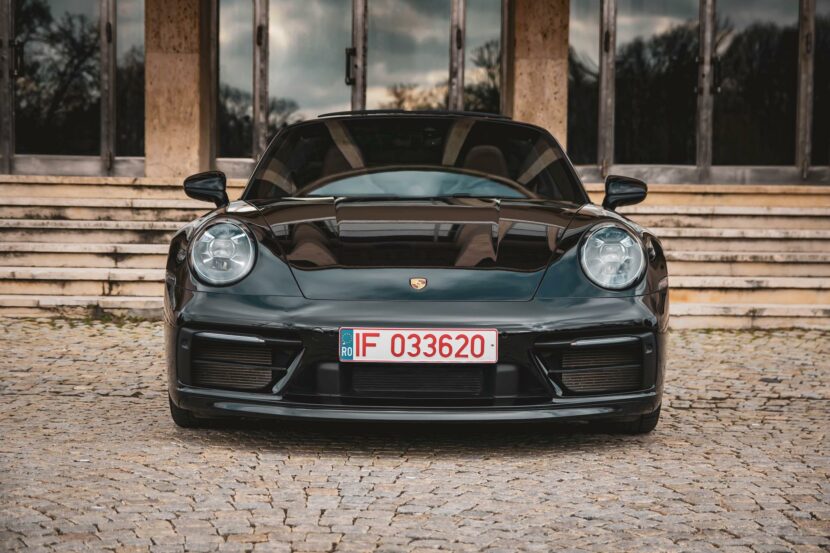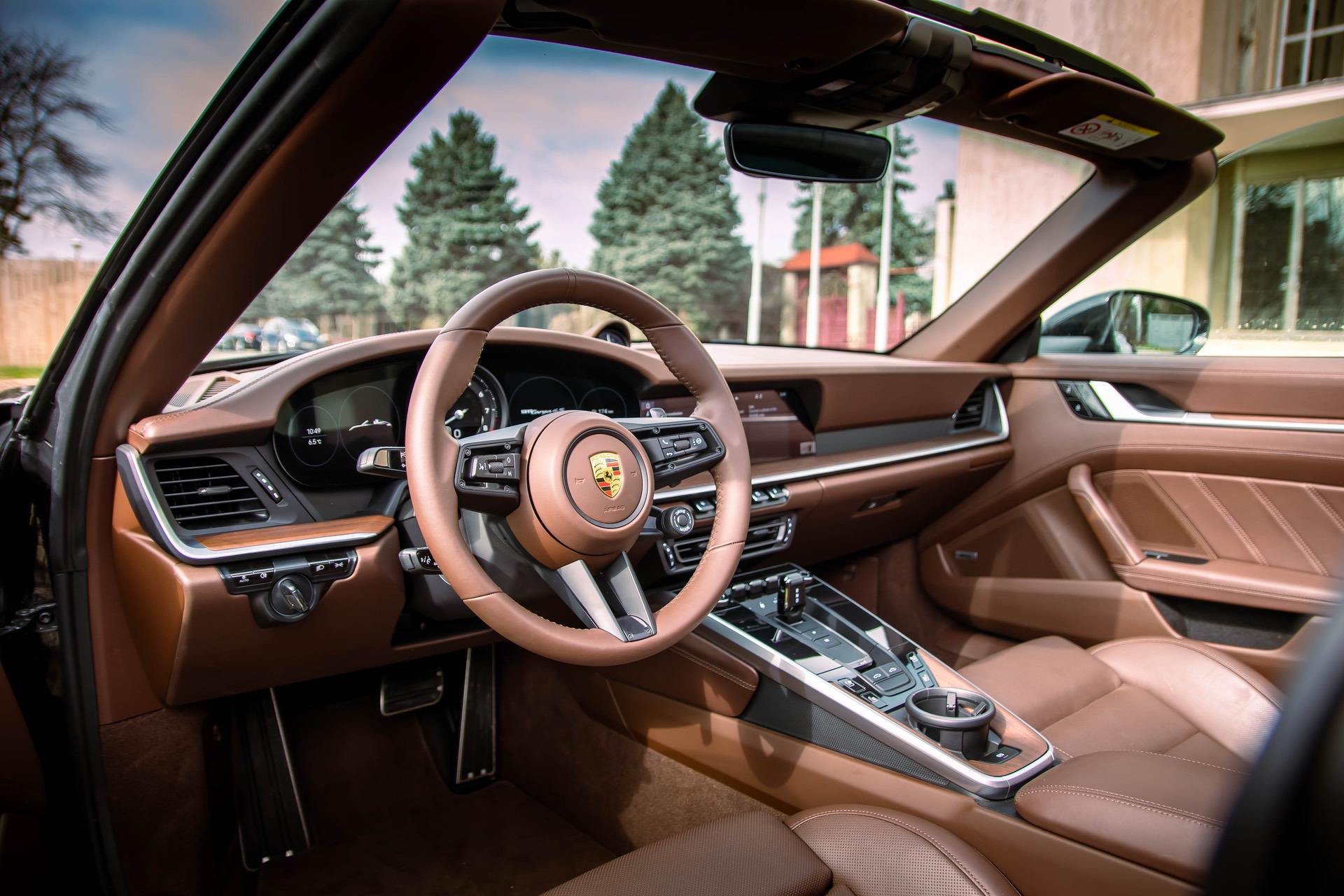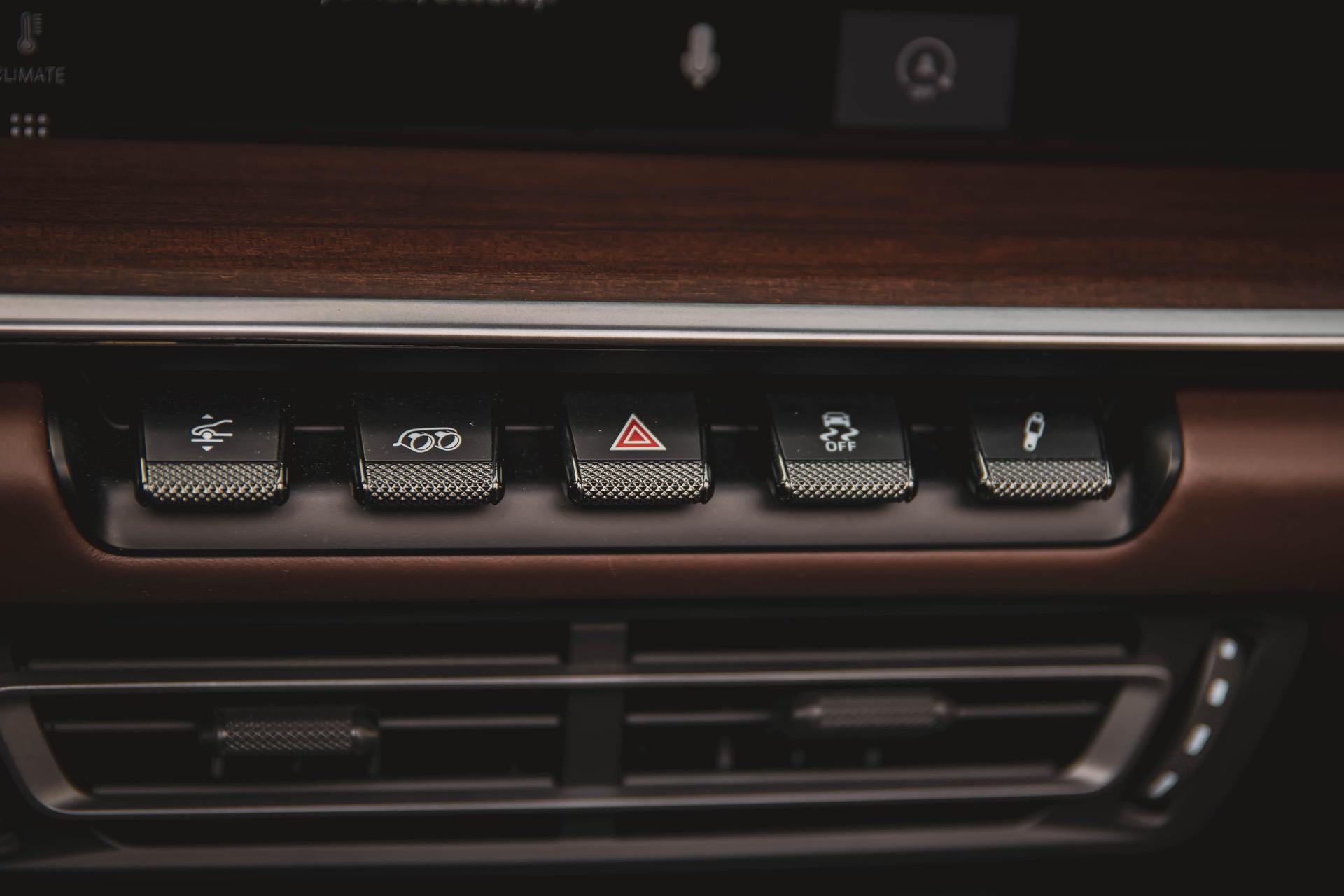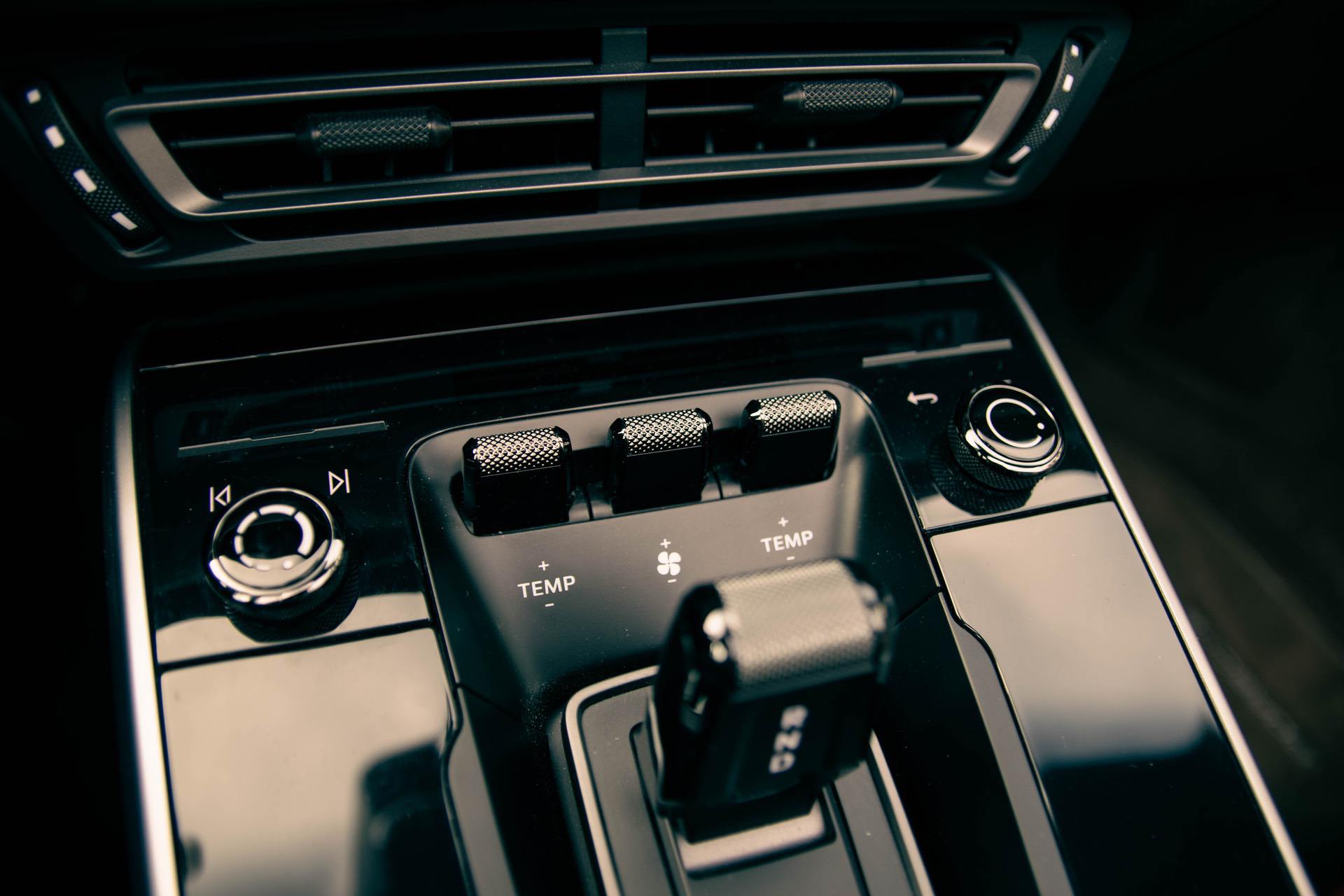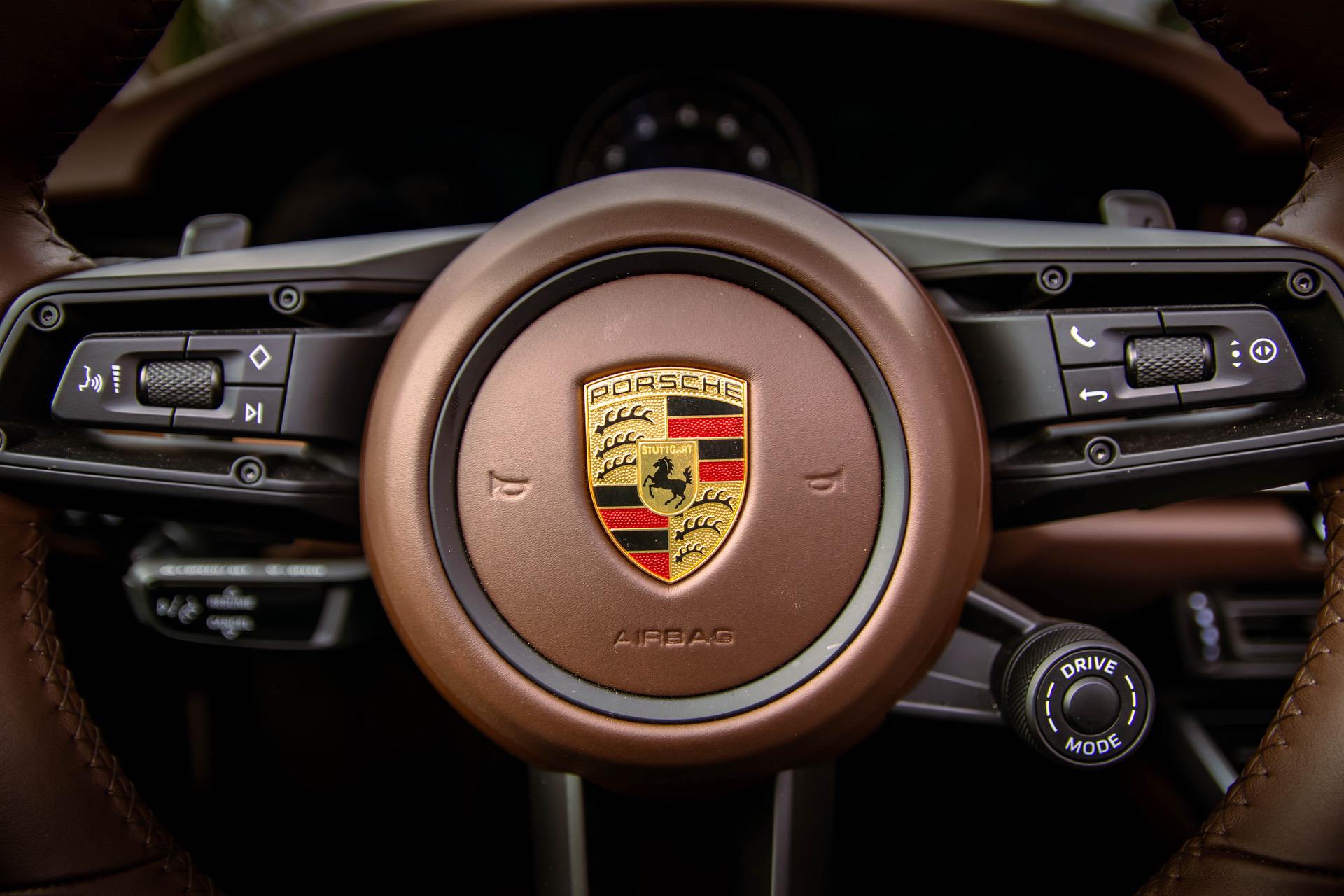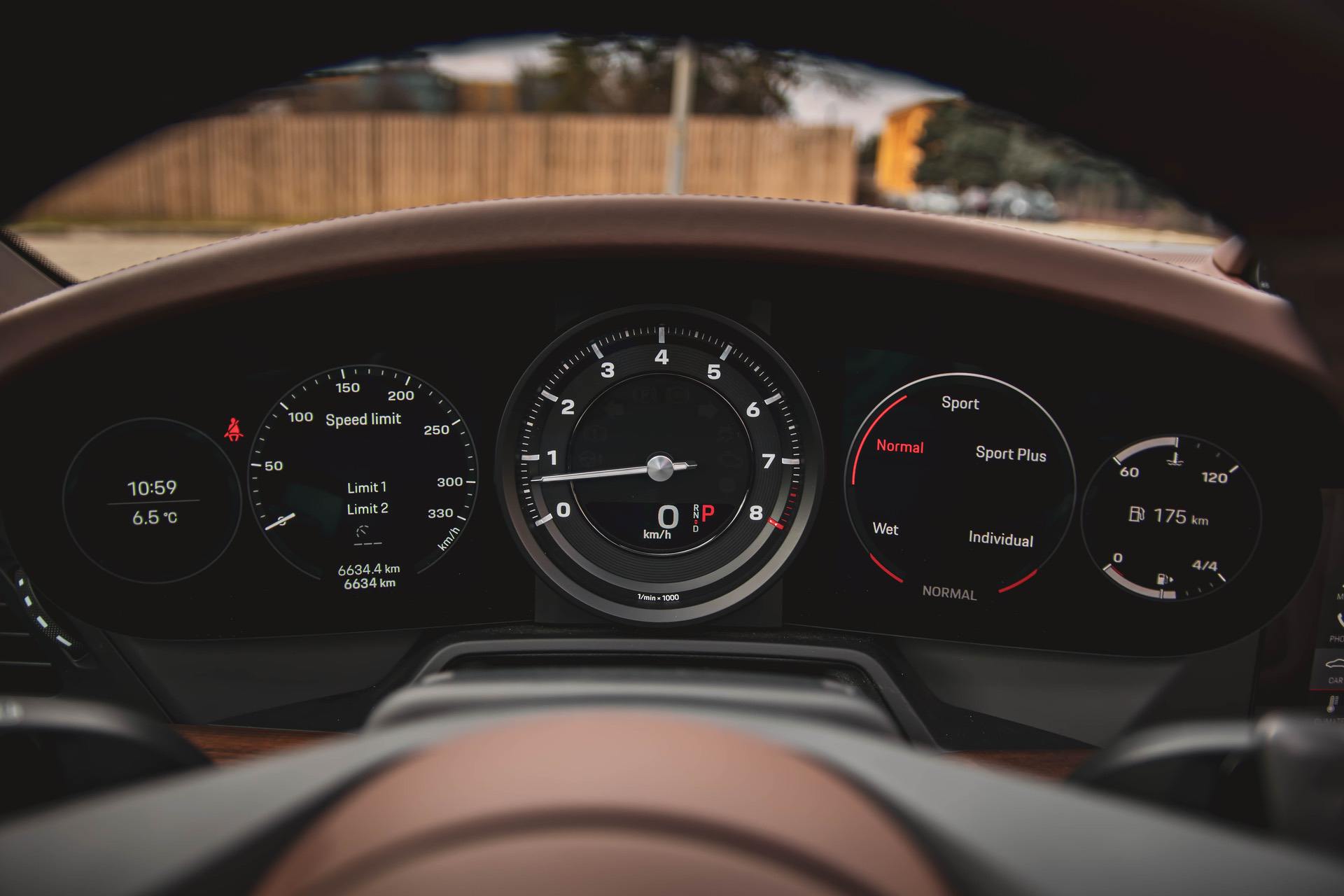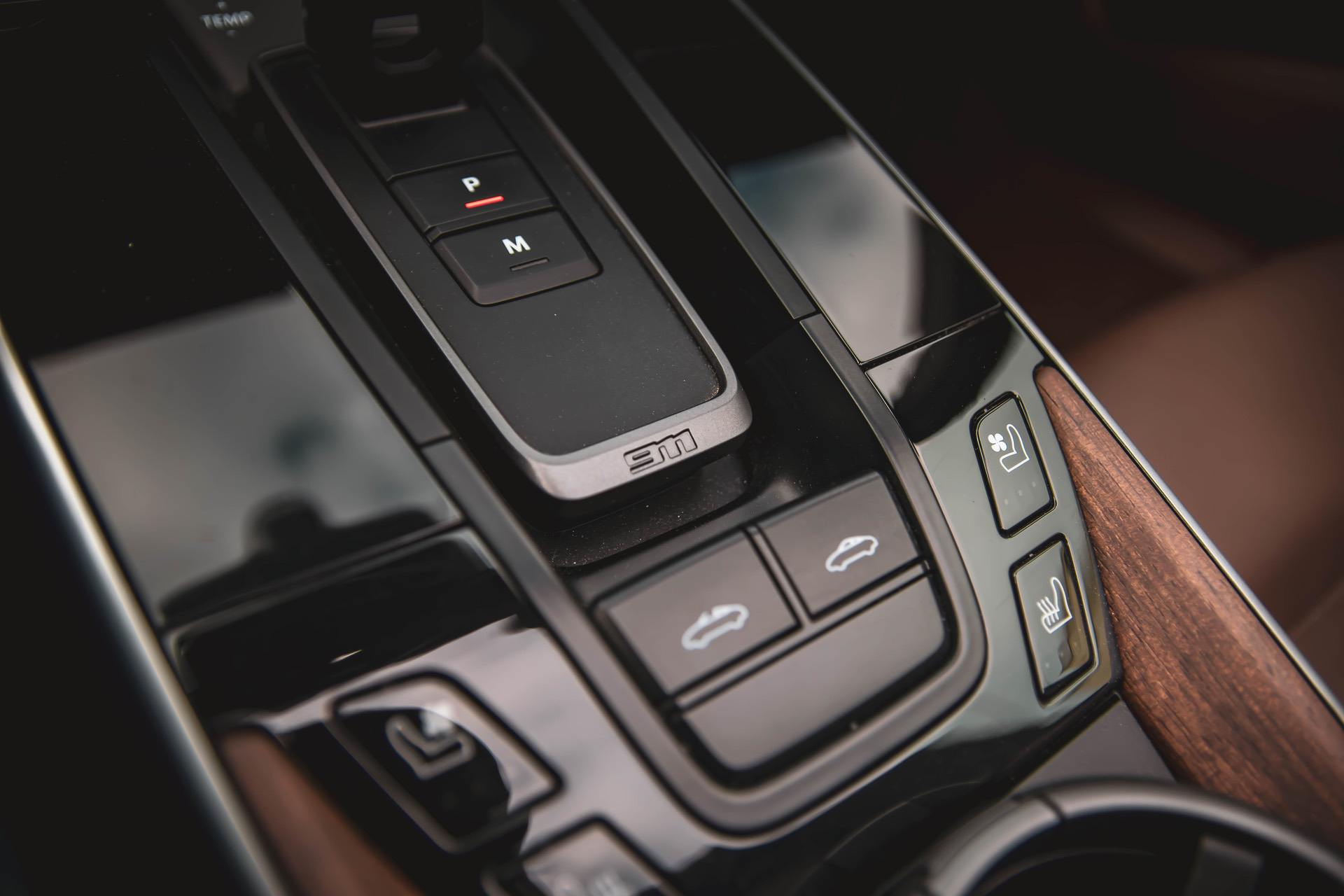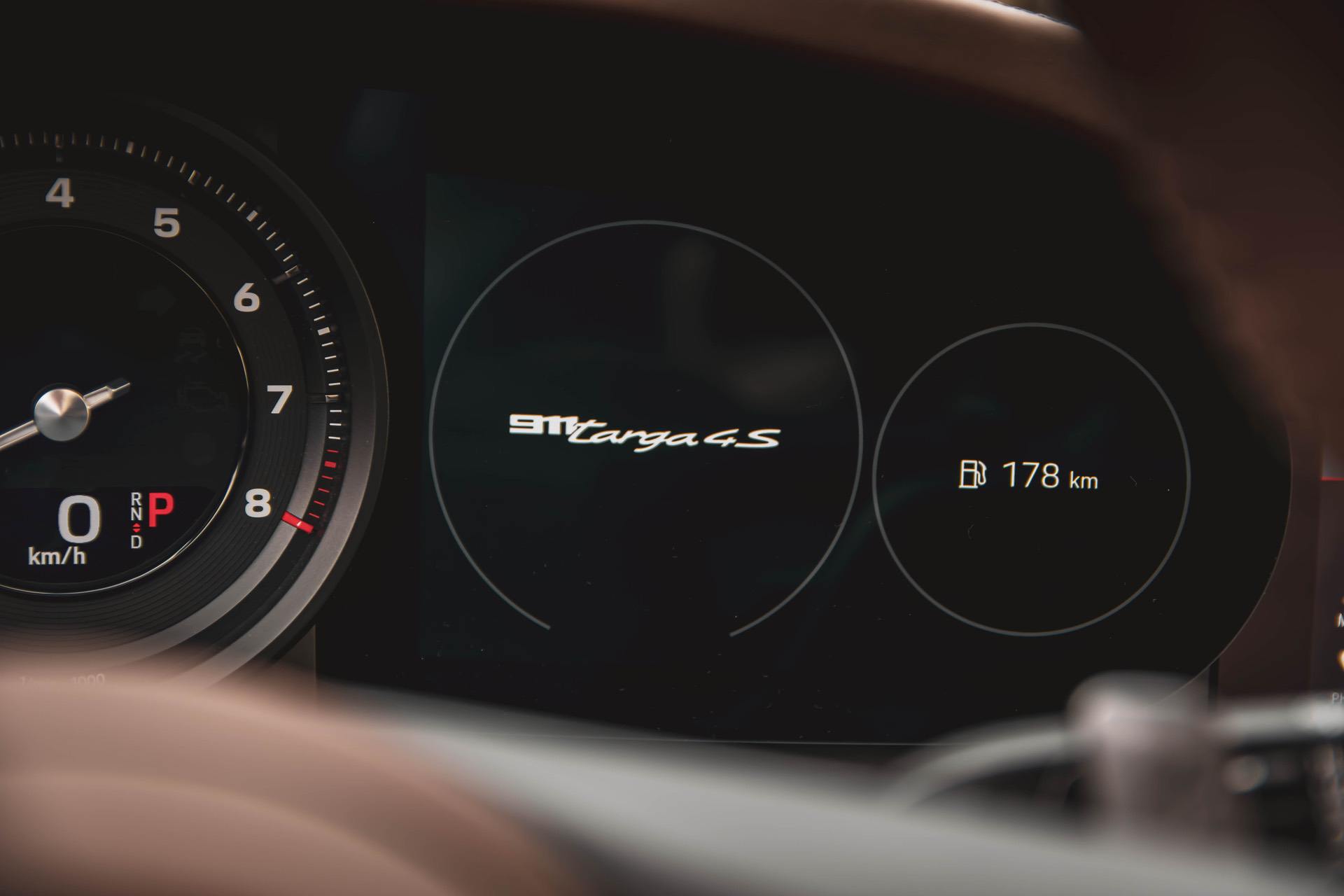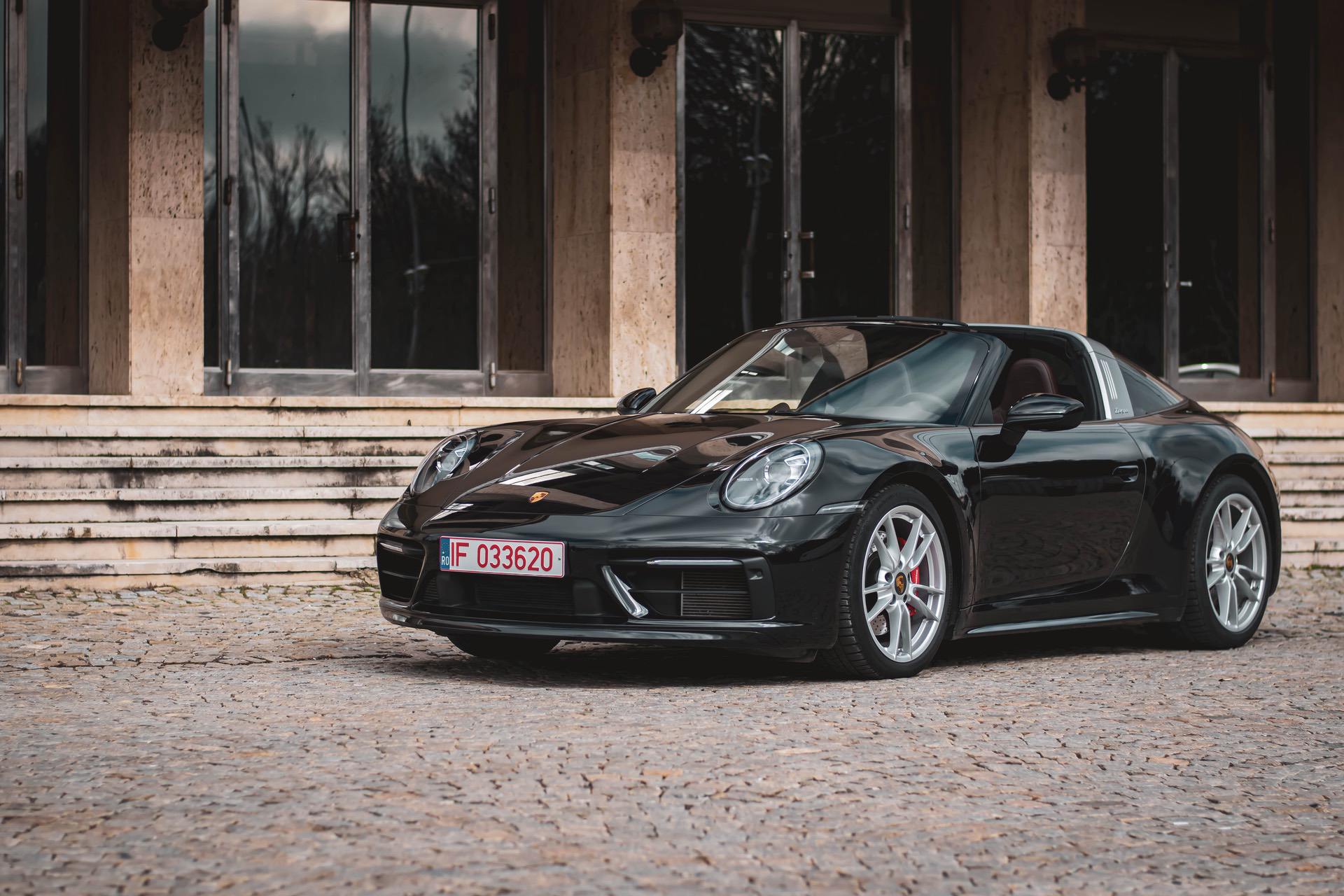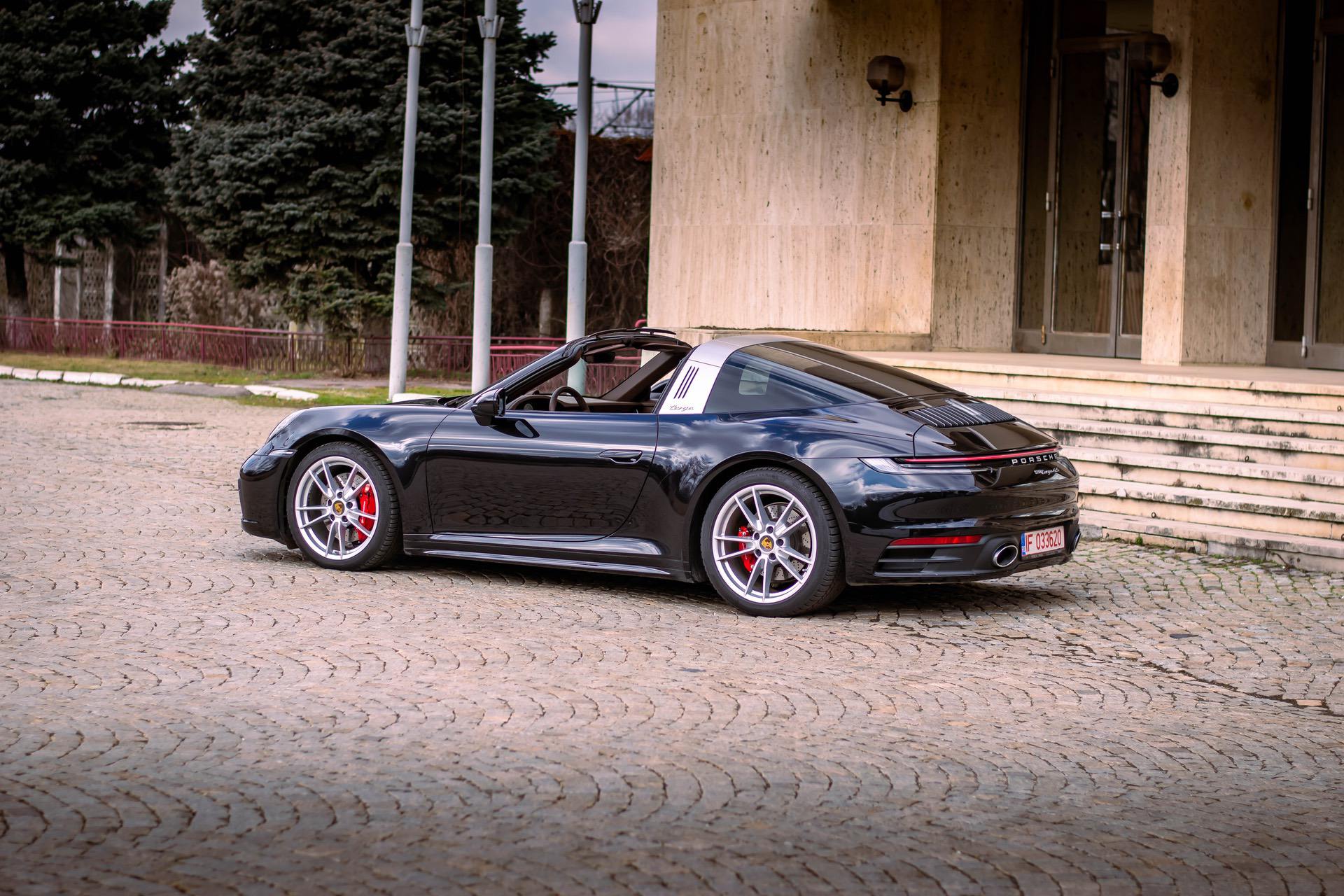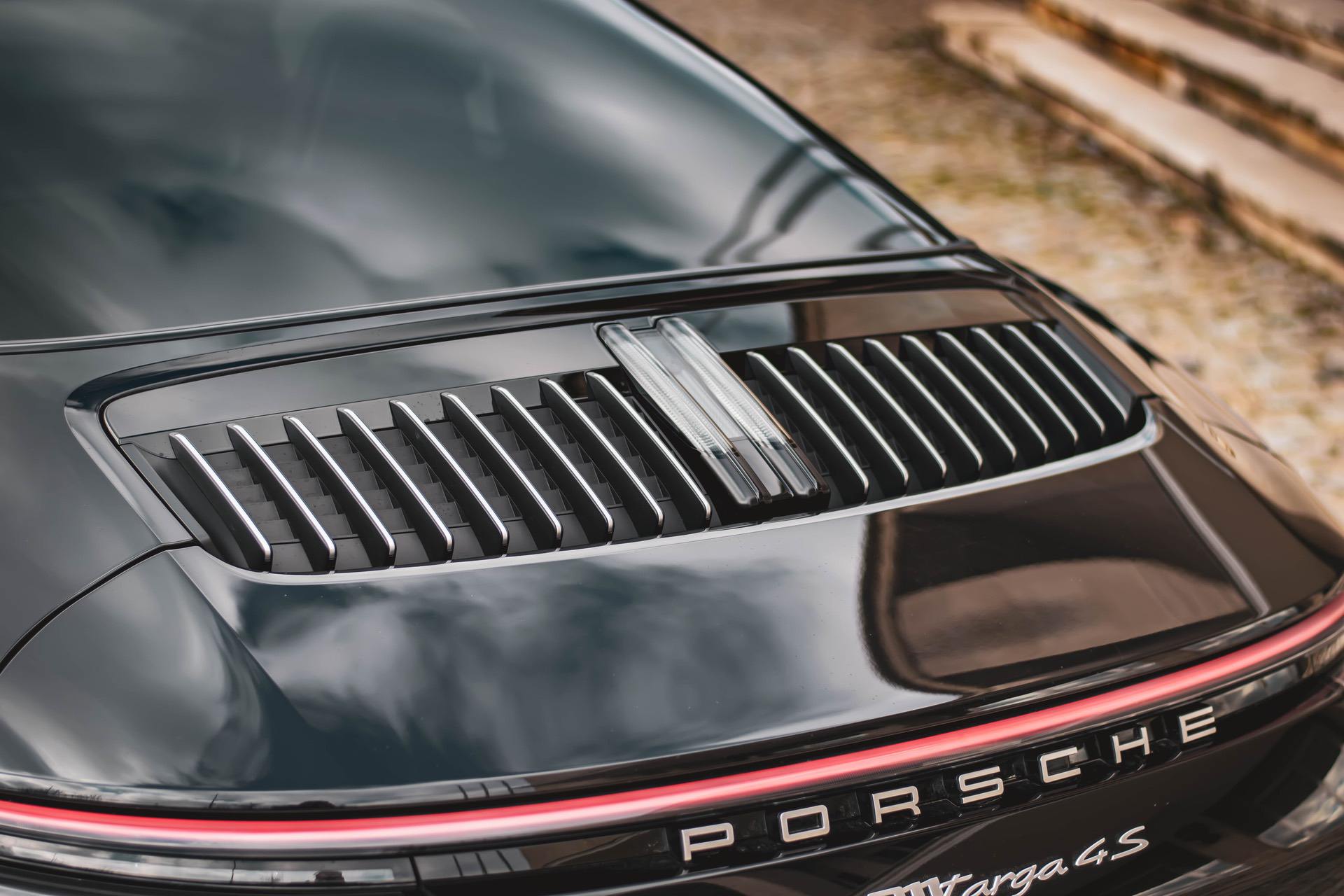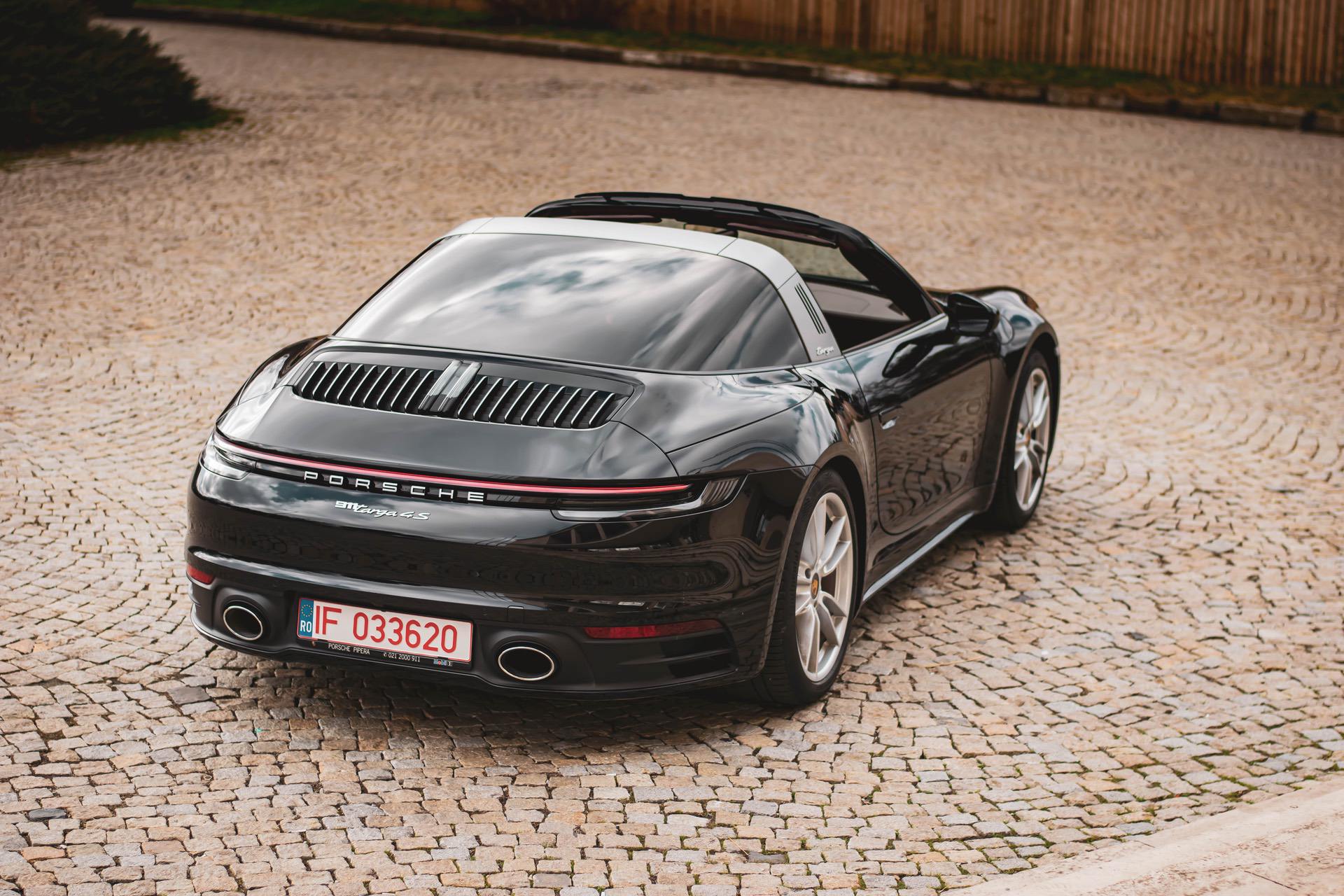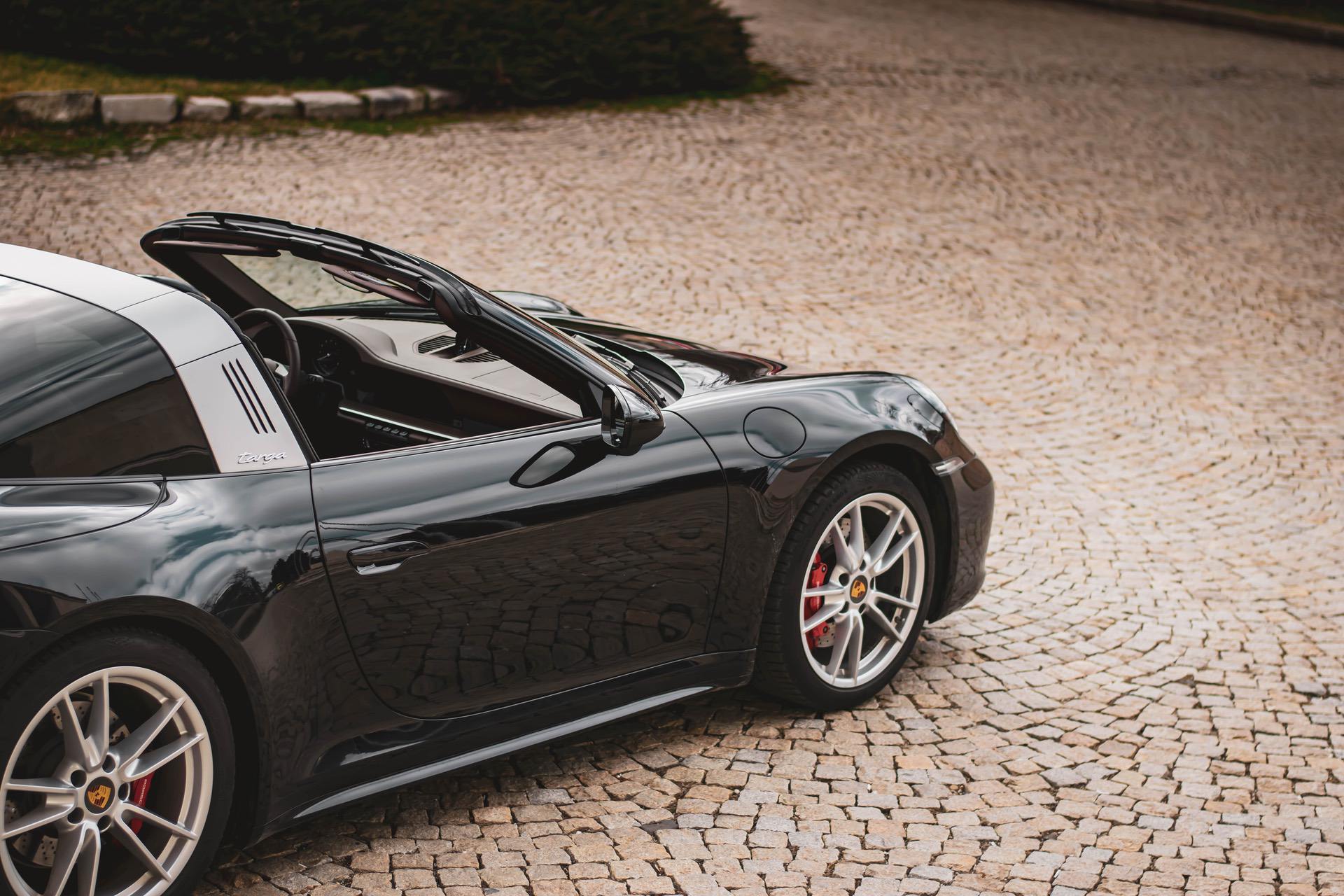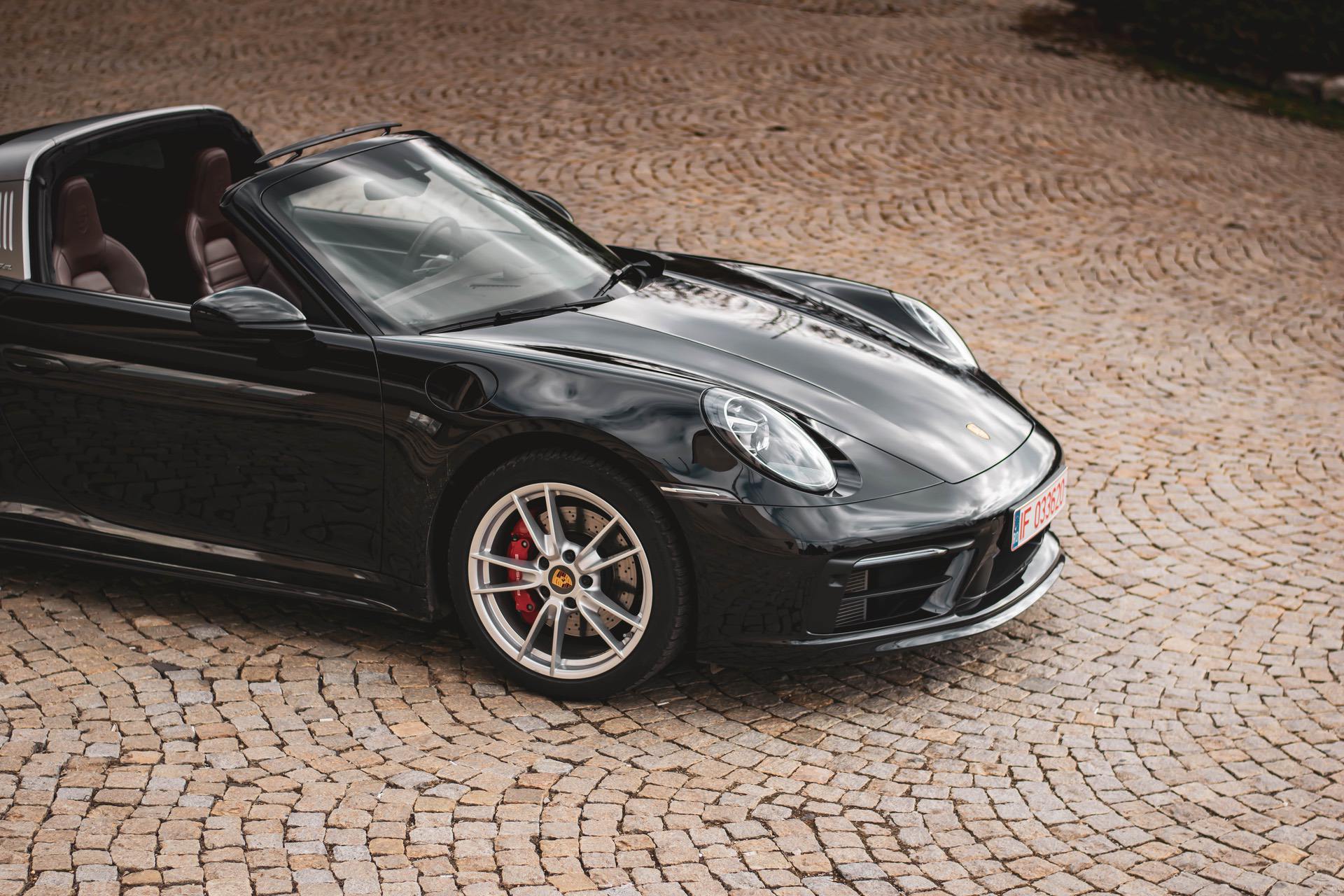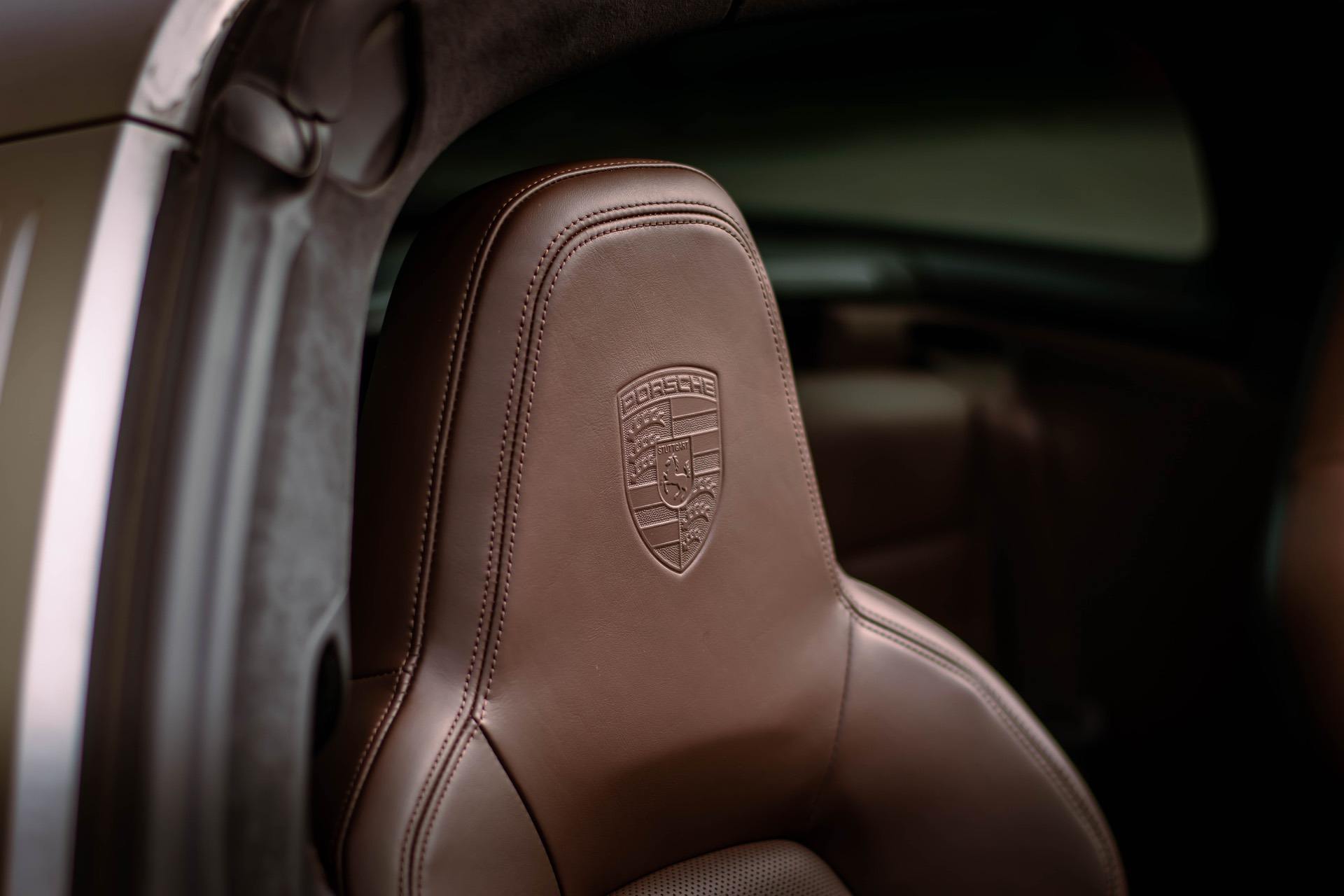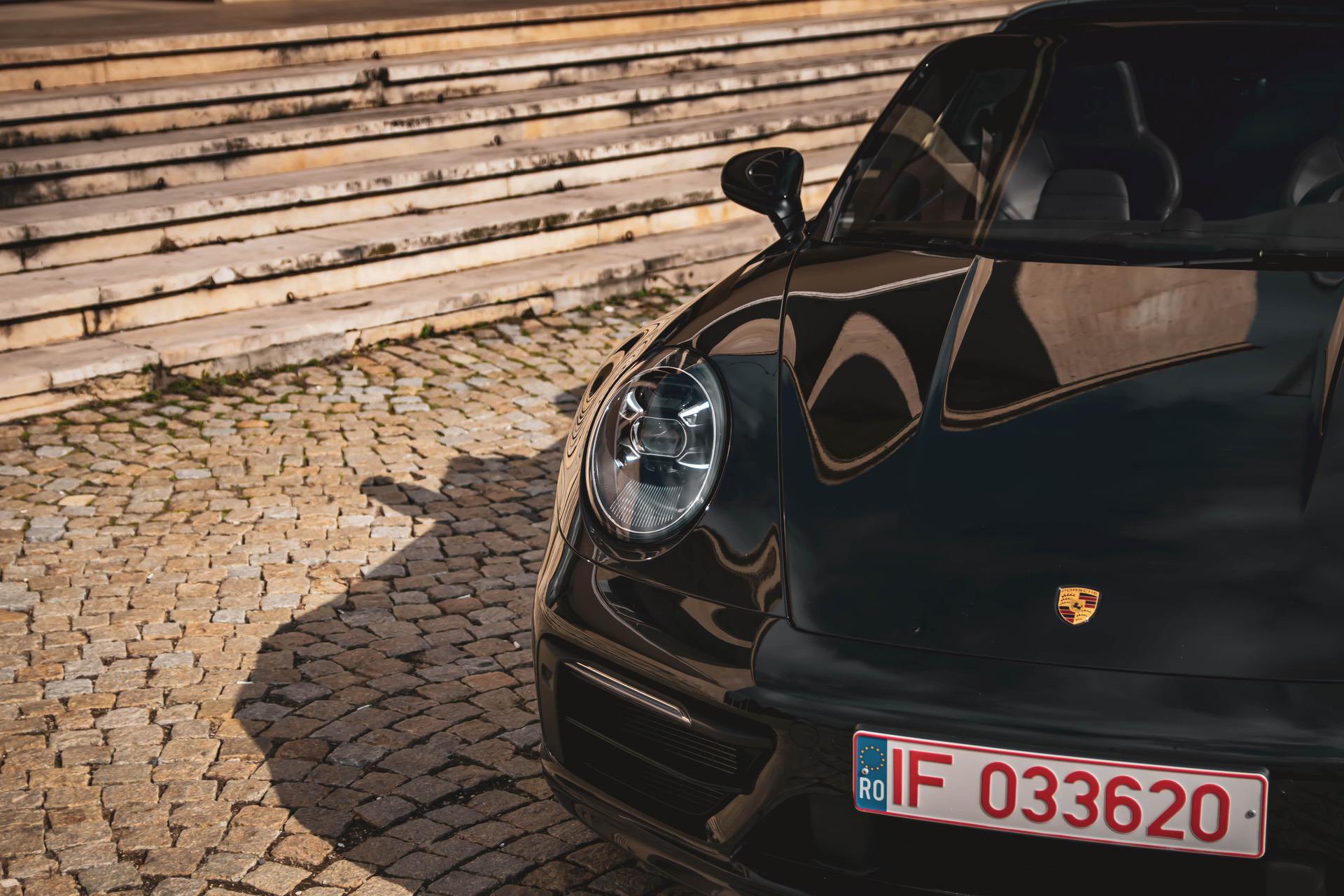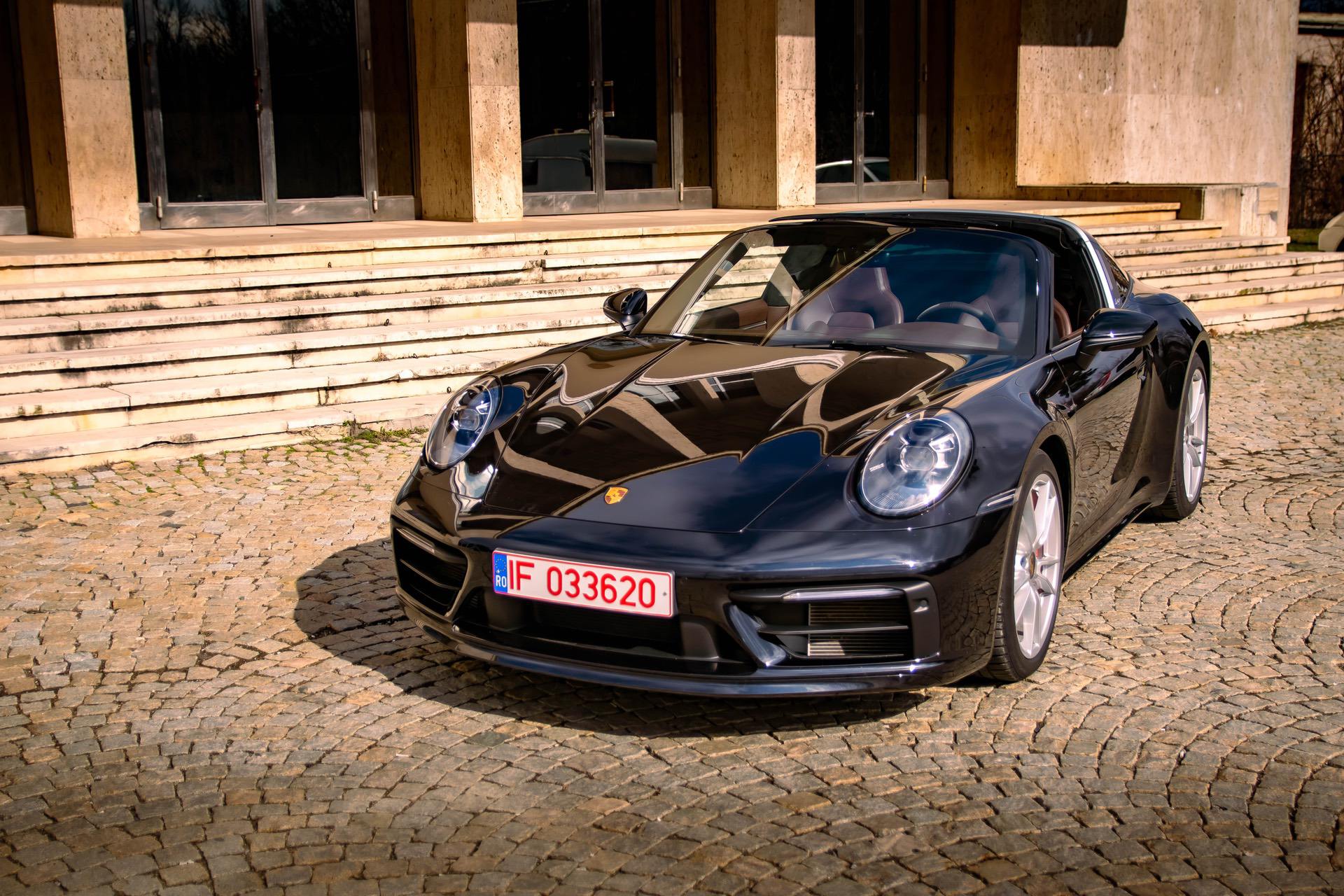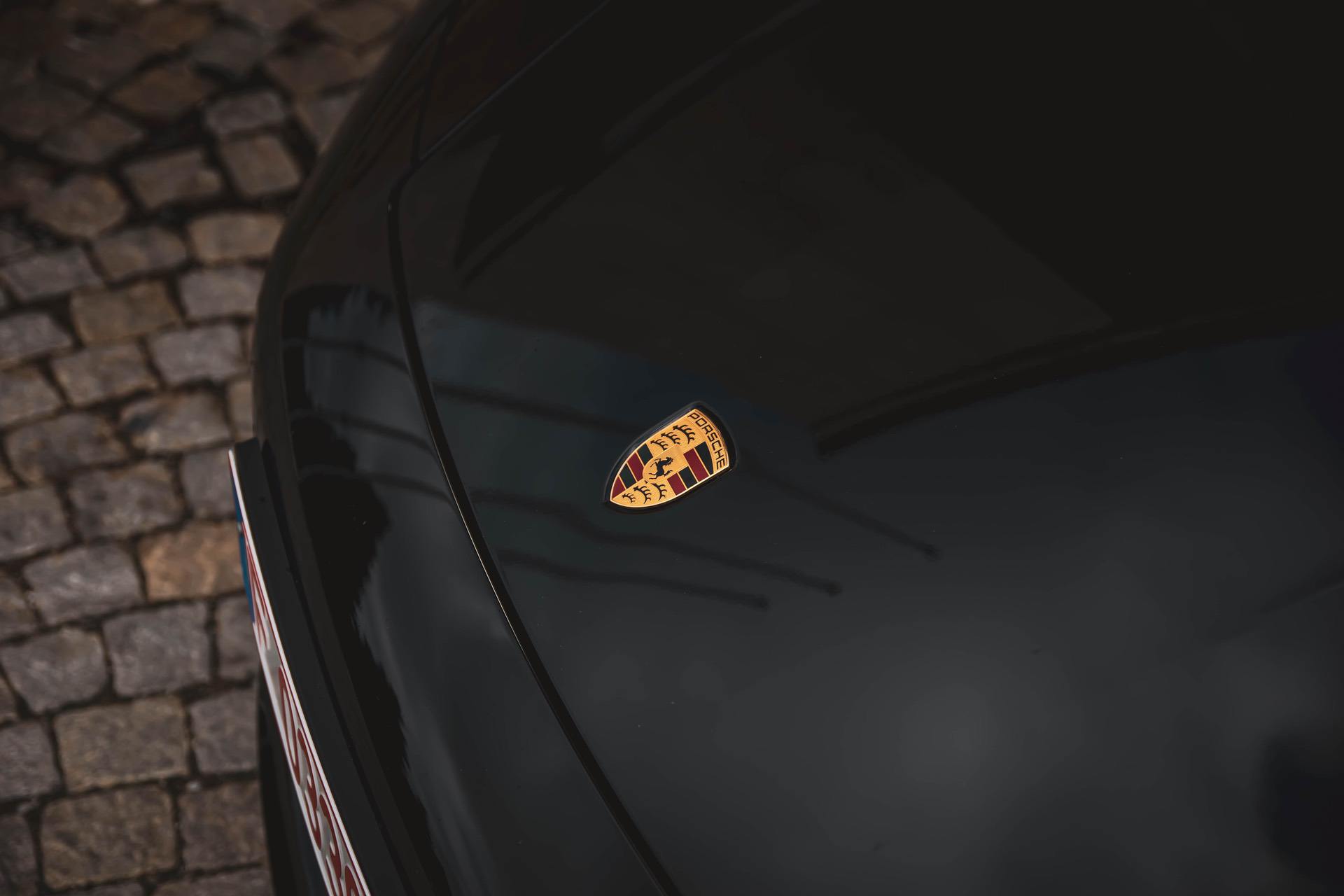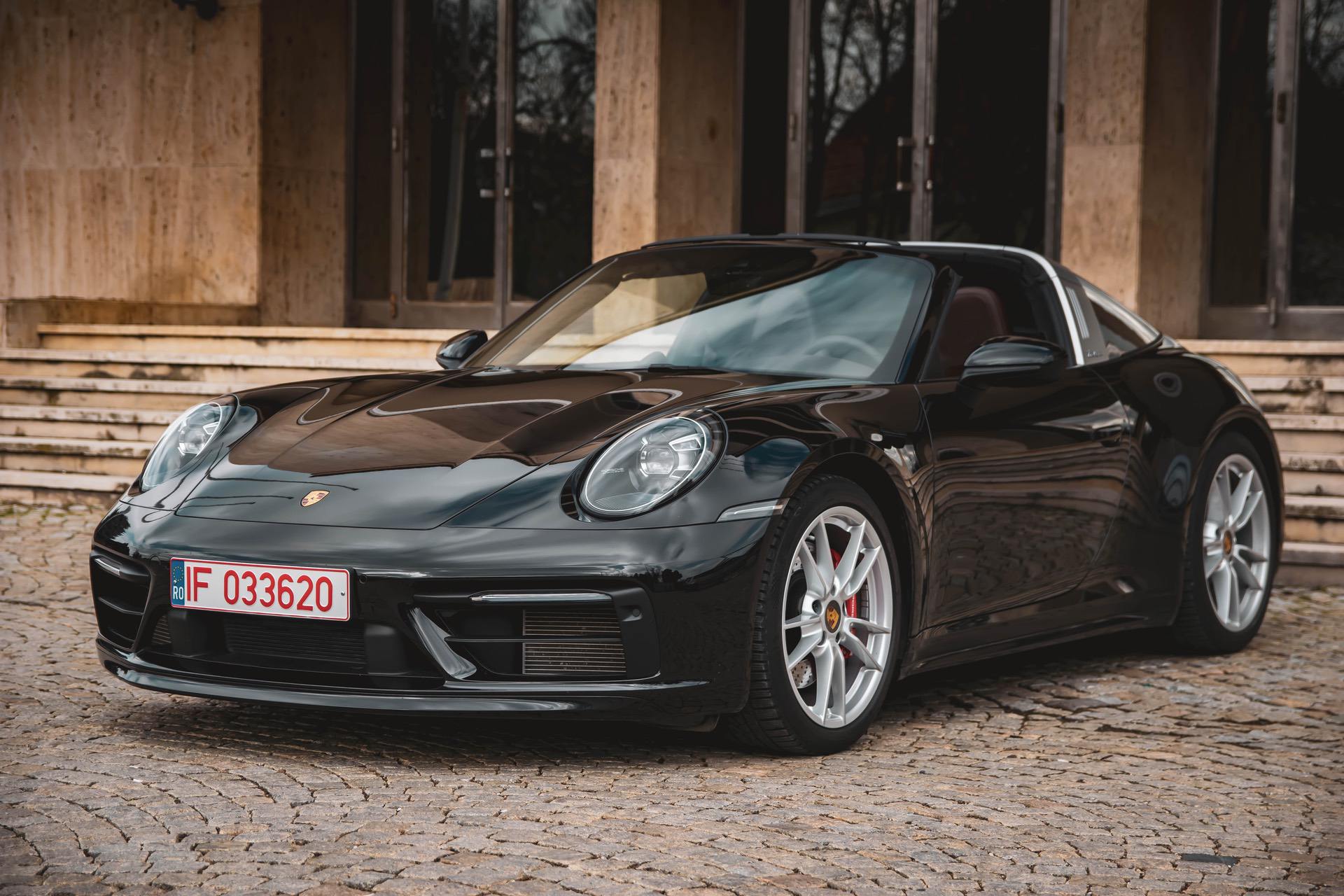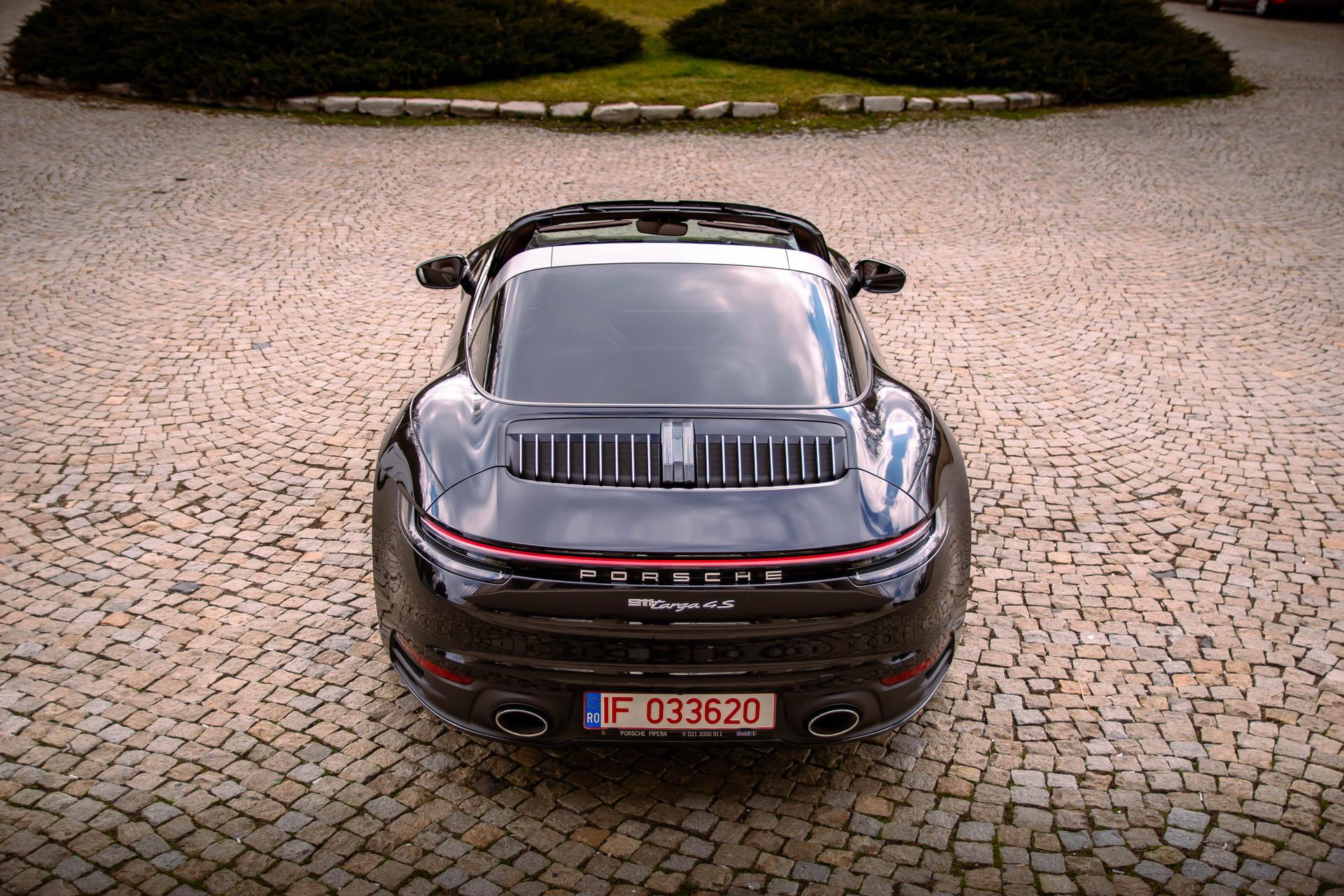There are certain cars in the automotive industry that simply cannot go unnoticed whenever a new generation arrives. They have such long histories behind them that one simply cannot glance over a new version. Among them you’ll find iconic cars like the Mercedes-Benz S-Class, the BMW M3 or the Porsche 911 to name a few. And when it comes to the latter, it’s pretty obvious why the world pays attention.
The 911 is by now an institution, it’s proof that you can always improve on your older cars, something the people from Porsche have been doing since the first generation. Every time a new 911 comes out, a seemingly coordinated choir of ‘critics’ will say: what more can you improve on this car? To some extent, they are right. Every new generation of the 911 seems perfect when it’s released. But there’s a reason why everyone considers it the epitome of the sports car and yet, every time a new one is announced by the Stuttgart-based manufacturer, we can’t help but be impressed with how it turns out.
Not long ago we got the new 992 generation which came with the usual models in the range, ranging from the base Carrera to the supercar-title-worthy Turbo S. Last year we were also introduced to the new and very desirable Targa models, a niche within a niche, if you will, a model with incredible history behind it.
Targa’s History Starts In 1960s
The invention of the Targa, back in the 1960s, was basically a story of improvisation that worked so well, Porsche decided to keep it around. Back then, the engineers in Stuttgart were working on the first ever 911. Initially, the 911 was supposed to be called 901 but since Peugeot had already filed for a trademark for all car names made up of three numbers with a ‘0’ in the middle, Porsche had to adapt and used the 911 moniker.
This was the car that would replace their first ever mass-production model, the 356. And the 356 had a convertible version that was extremely popular, especially in the United States. Porsche wanted to keep the open top experience available to its customers and decided to work on it. The problem was, US regulations were pretty strict and demanded a certain level of protection for the occupants on Convertible cars, just in case you’d roll over. Innovation was needed.
Porsche worked on a number of versions and eventually came up with two versions of the same car. There was a Porsche 911 convertible and a new alternative, featuring a fixed metal rail going from side to side, right behind the front seats. This fixed piece of metal also had the folding roof attached to it and was dubbed the Targa.
According to Porsche, the name was inspired by the Targa Florio race in Sicily, where the German automaker was rather successful over the years. Initially, the name was supposed to be Florio but that didn’t sit right with the management which decided to pick the other word for their new car. This is how the 911 Targa was born.
The car was so appreciated by enthusiasts that Porsche decided to keep it, even though it also had a regular Convertible on offer and today, nearly 60 years later, here we are admiring the latest Targa version.
It’s quite a sight to behold and it’s pretty impressive what Porsche managed to achieve with this body style. You can have a ‘Targa’ style roof on a number of cars now but nothing comes close to the elegance of a 911. Over time, there have been variations of the Targa roof, some were even fixed and basically glorified sunroofs, but starting with the 991 generation, the classic Targa roof returned.
For 2021, the 911 Targa comes with the classic layout, featuring a large glass dome at the back, which retracts to fold the roof right beneath it. The entire process is mesmerizing to watch and instantly makes you feel as if you’re actually in the presence of greatness.
The design of the new model follows the cues of the 911 range to the letter, excepting the roof, of course. The front end is classic 911 business, with simple lines and two big round headlamps. Round the back you’ll also find classic 911 shapes and a new grille which is the star of the show, with a couple of hidden gems.
There’s a massive stop light embedded right in the middle of it that resembles the number ‘11’ or number 2 in roman numerals: “II”. To the left and right of this stop light you have 9 fins. Basically, if you count from left to right, you can make up the model’s name ‘9-11’. If you count both sides you get ‘9-9-2’, the current model generation. Quite nifty.
The Typical Porsche Interior
Step inside the cabin and the usual 911 luxury awaits. The leather is of the best quality, the fit and finish impeccable and the rear seats as useless as ever. The car is advertised as a 2+2 but you can’t really fit anyone in the back. You do get Isofix anchor points if you want to struggle to put a child seat back there but that would be very tricky and time consuming. It’s pretty obvious this is not a family car but rather one for one or two people wanting to enjoy some open top fun time.
In this highly techy world, Porsche still remains one of the few brands that know how to mix analogue features with new-age tech. The center console has been cleared out compared to older models and features less buttons than ever. The gear selector does look like an electric razor and so do the three climate control buttons above it but they get the job done at the end of the day. You also get a decently sized infotainment screen nicely integrated into the dash that works rather well and comes with all the amenities you could ask for.
But the pièce de resistance is the instrument cluster. This is where you’ll find a good old fashion analogue rev counter sitting in the middle of four digital screens to the sides. It creates such a powerful contrast, especially when you consider the old font used in it that you simply can’t take your eyes off it.
And then you start the car and set off, using the switch located on the left side of the steering wheel, as usual, of course. That’s when you hear the engine for the first time and realize great things are about to be experienced.
All Turbos
As old-school and as true to their DNA as Porsches are, they still have to adhere to modern-day regulations, especially when it comes to what goes out the tailpipes. Therefore, all engines on the 911 range today are turbocharged, including the one on the 4S models, like the Targa I was driving.
Sitting behind the rear axle you get a 3-liter flat six turbocharged mill good for 450 HP and 530 Nm of torque. The power is sent to all four corners of the car via an 8-speed PDK gearbox, its double-clutch setup making it very fast and engaging at basically every speed. Don’t think that the 911 Targa 4S is a hardcore ordeal all the time. Don’t picture your head getting banged against the headrest every time you go for a drive, but instead think of it as a very capable sportscar that can also deliver a smooth experience if you want it to.
Difficult, right? Well, that’s why 911s are so adored.
Sporty, Yet Comfy Ride
This car can be as docile and comfortable as you want it to be. The chassis feels stiff all the time with a balanced setup. The adaptive dampers work their magic all the time and unless you’re in Sport or Sport+ mode, you can barely tell this car will tear your face off with its brakes. Or make your skull numb with its acceleration. What I’m trying to say is that this thing is a joy to drive slow as well. It soaks up the bumps well for such a capable sports car and it can hide its performance in ways you wouldn’t expect.
Since this is a Targa, using it with the roof down is mandatory. And it’s an enjoyable experience albeit different than in a conventional convertible. The shape of the roof does bring a bit more wind into the cabin at higher speeds, even though there’s a deflector deployed on the top of the windshield, which should help out. On the other hand, you do get a bit more privacy inside this car than in the 911 Convertible, due to that glass dome at the back and the massive metal rail right behind your headrests. It’s all a matter of preference at the end of the day.
One thing you will notice with the roof down though is the engine sound. It’s an unmistakable, unique growl only flat-six engines have and, even though the OPF filter might take away some of the enjoyment, the Targa 4S does deliver plenty of pops and bangs especially in Sport mode.
Get the car in its sportiest of settings and it turns into a cheetah running after its prey, consisting of other ‘innocent’ cars in traffic in this case. Everything stiffens up, the engine gets louder, the steering gets heavier and your heart is starting to gallop. This is peak 911 territory. The turn in is fast, precise and I dare say offers a bit of feedback too, even though we’re talking EPS here. Turn after turn, the car feels like it wants you do more, to push it to the absolute limit. And the moment you think you reached that limit you realize you’re far from it. You won’t believe how capable this car is, even though you’re convinced you shouldn’t be able to pull off the stunts you just did.
Having the engine in the back, the nose feels a bit light and there are two things to mention here. First of all, being this light makes it very agile, the turn in being instant. Second of all, it is mind boggling how much grip the front axle still has in this configuration.
That said, the chassis feels competent, sharp and poised at all times when driving this car fast. The all-wheel drive system switches the power from the back to the front axle seamlessly and you can use your right foot to turn. It’s that easy. But it’s not just in the bends where the Targa 4S feels unique. It’s also in a straight line, the launch control feature delivering a prompt kick to the back of the head when you set off, doing 0-100 km/h in 3.6 seconds with the Chrono package.
And while all of this paints a picture of extreme competence, the Cabrio is even better at the sporty side of things for one main reason: weight. The Targa models are the heaviest in the 911 range right now, the 4S tipping the scale at 1,675 kilos, about 40 kilos more than a regular convertible. That weight might make a difference but only the most skilled drivers will feel it. I had the chance of experiencing the 911 convertible a while back and I couldn’t tell the difference between them.
True To The 911 Creed
Therefore, what we’re left with is a car that’s true to the 911 creed and DNA in the way it drives. You’ll be able to carve canyon roads with it just as fast as with a fixed-roof alternative but you’ll also have the added option of removing the top to get a tan in the meantime. Should you be in the market for a 911, make sure to check out the Targa as well before making up your mind as it is both a competent cruiser as it is an athlete.














